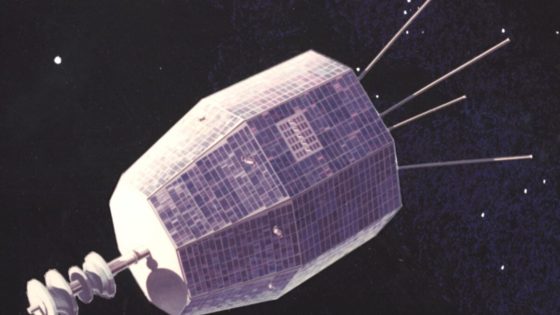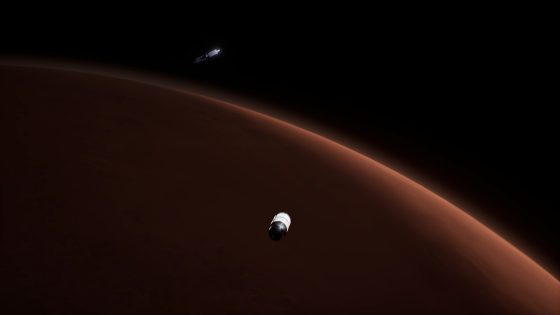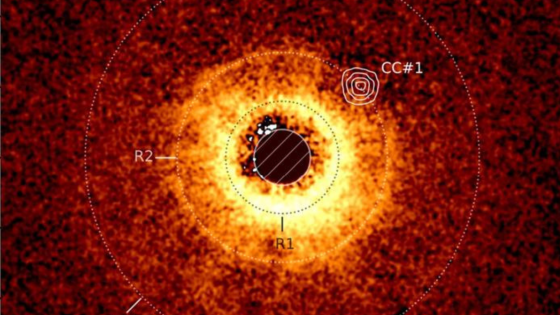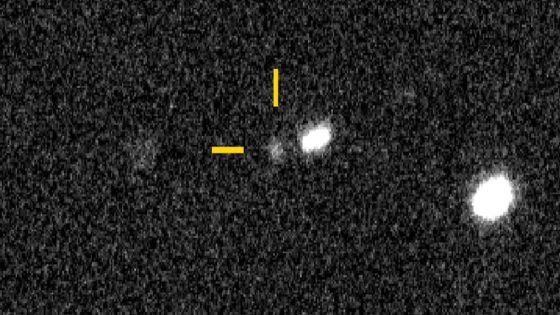A recent discovery in astrophysics has unveiled a surprising source of electromagnetic radiation. On June 13, 2024, scientists detected a powerful fast radio burst (FRB) that initially baffled researchers, leading them to believe it originated from deep space.
- Electromagnetic pulse detected from zombie satellite
- Relay-2 launched in 1964, ceased in 1967
- Fast radio burst lasted less than 30 nanoseconds
- Signal initially misidentified as cosmic source
- Possible causes: electricity buildup or micrometeorite impact
- Increasing defunct satellites complicate cosmic signal detection
However, after thorough investigation, the source was traced back to NASA’s long-defunct Relay-2 satellite, which had been silent for nearly 60 years. This unexpected signal raises intriguing questions about the nature of defunct satellites and their potential to emit powerful bursts of energy.
This incident prompts US to consider: How many other signals might be misattributed to celestial phenomena? The implications of this discovery are significant for both astrophysics and satellite management. Key points include:
- Fast radio bursts are typically brief, lasting only milliseconds.
- Relay-2’s signal was particularly strong, overshadowing other cosmic signals.
- Potential causes for the burst include electrical discharge or impact from space debris.
Looking ahead, this discovery emphasizes the need for improved monitoring of space debris and its effects on our understanding of the universe. How will we adapt our technology to navigate this growing complexity?

































